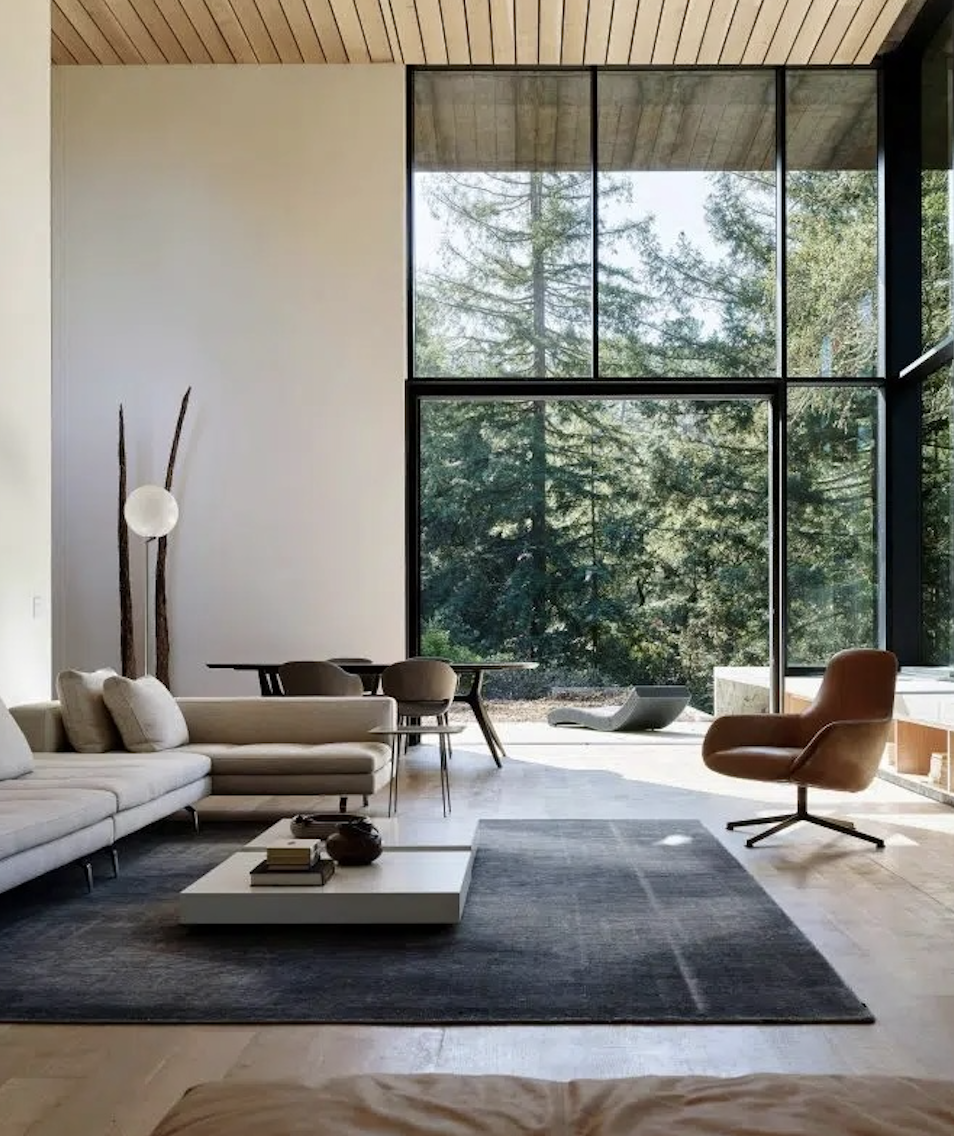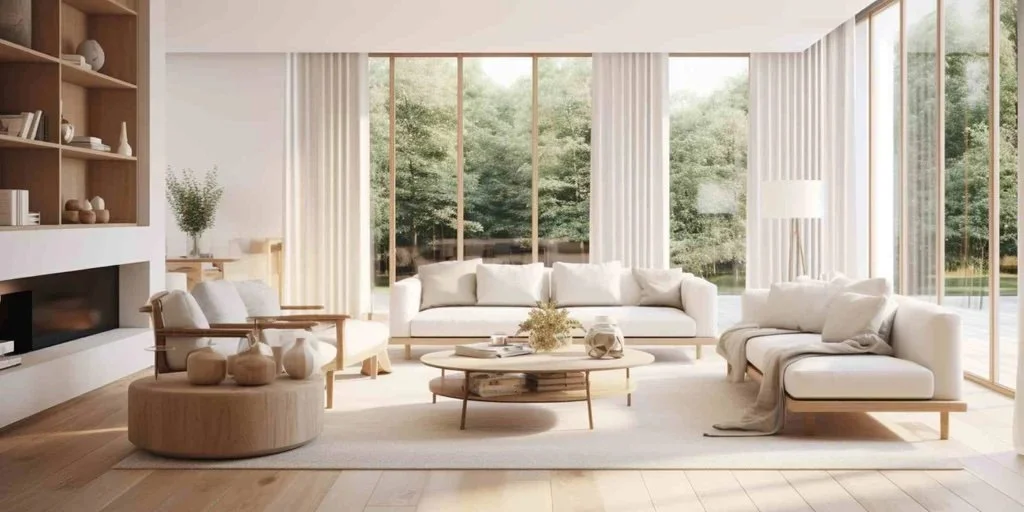Pinpointing Your Design Style
What’s your design style? A question often asked when getting to know a client, something that seems fundamental to a designer, yet often poses such difficulty to clients. For some, it’s even harder to identify because we’re all unique – we don’t fit in a box, nor should the way we design our homes. For my personal spaces, I gravitate toward Mid-Century Modern, Japandi, and Classic Modern design.
Keeping it simple today, I wanted to share with you the most common design styles I’ve seen when working with clients and breakdown key identifiers for each.
Modern
Modern Design is known to have originated in the early 20th century and is characterised by a minimalistic and functional approach to design. This style is all about clean lines, simplicity, and functionality, with an emphasis on form and function over decoration. Modern design favours neutral colour palettes and monochromatic schemes. Elements such as metal, glass, concrete, stone, and wood are durable materials consistent with the functionality and practicality aspect of this design style. Key features include open floor plans, intentional asymmetry, material mixing, large windows, and bold statements.
Modern design can be broken down into a number of subcategories including Mid-Century Modern (which we’ll discuss next), Minimalism, Miami Modern, and Modern Farmhouse, to name a few.
Mid-Century Modern
The Mid-Century Modern look originated in the 1950s and 1960s. Scandinavian designers and architects were very influential at this time with style characterized by simplicity, functionality and natural shapes. This is an interior style that has truly never fallen out of fashion. Identifying colours of Mid-Century include chartreuse, mustard, orange, olive green, blush pink and pale lilac. Common materials include vinyl, brass, glass, resin, fiberglass, plastic, and plywood. Mid-Century design gave us iconic designs including the Saarinen Womb Chair and Tulip Table, Arne Jacobsen Egg Chair, and Herman Miller Eames Chair and Ottoman.
Scandinavian
Scandinavian mid-century designs of the modernist movement that began in the 1930s and is present today. It was born from the basic principles of modernism made with local materials and fusing simplicity, clean lines, flawless craftsmanship and understated elegance. Scandi design is identifiable by timber accents in beech, ash and pine, and light muted colours such as, soft greys, blush pink, baby blue, and soft mint green used sparingly. The Scandinavian vibe can be achieved through the use of clean lines, maximizing natural light, greenery and no clutter! Icons of furniture come from the likes of Hans Wegner, Arne Jacobsen, and Alvar Aalto.
Transitional
Transitional is the perfect mix of traditional elegance with contemporary lines and textiles. Marrying traditional and contemporary furniture, finishes, materials and fabrics, transitional style is the “happy medium” of design styles. Transitional style favours balance and comfort. In a transitional space, furniture silhouettes offer straightforward sophistication: pieces with right angles and crisp lines share space with more rounded profiles. Fabrics are textural and tonal and the colour palette is neutral – think taupe, tans, vanilla, whites, and greys – with soft accents of colour. In addition, transitional interiors keep accessories to a minimum. It’s important to let the furniture and the textiles do the talking. Take advantage of area rugs, throw pillows, and blankets to accessorize.




